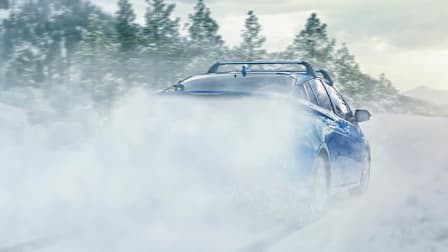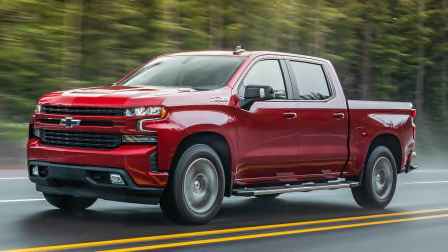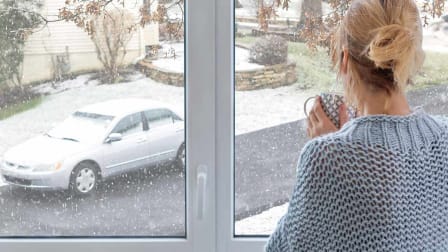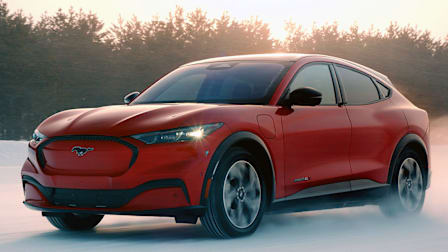Should You Lower Tire Pressure to Gain Traction in Snow?
Deviating from the manufacturer’s recommendations could put you on a slippery slope
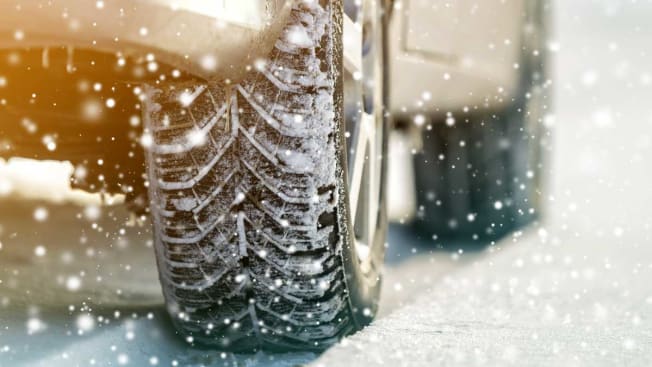
When it comes to winter driving, most people know the importance of having good tires to provide a sure-footed grip for ice and snow. But a question that often comes up in the winter months is whether lowering the tire pressure can give you even better traction in the snow.
Off-roaders and beachgoers sometimes reduce inflation pressure to increase the surface area of tires that come in contact with dirt, mud, and sand so that they don’t sink into the terrain. (Of course, reinflation is necessary to safely drive back on pavement.) This is a useful trick for certain low-speed off-pavement situations, but it doesn’t translate well to winter driving.
See the best all-weather tires.
Another thing to remember is that in cold temperatures, tire pressure will drop on its own because the air becomes denser. You typically lose one PSI for every 10° F drop in temperature. So if it’s 70° F in the fall and the average temperature in your area drops by 40 to 50 degrees in the winter, you can expect your tire pressure to drop by 4 to 5 PSI. Be particularly mindful of the impact temperature has on your tire pressure and adjust it accordingly.
The bottom line is that you should always stick with the manufacturer’s tire pressure recommendation, and remember to check your tire pressure every month.
Best Auto Products
Car Batteries • Car Tires • SUV and Truck Tires • Winter/Snow Tires • Infant Car Seats
More Car Questions Answered
• Should You Buy a Car With a Rebuilt Title?
• Do New Cars Still Require a Break-In Period?
• Do Car Headlight Restoration Kits Really Work?
• What Is a Reasonable Life Span for a Modern Car?
• What Happens If You Turn Off Your Car While Driving?
• How Accurate Are Distance-to-Empty Calculators in Modern Cars?
Editor’s Note: This article has been adapted from an episode of the Talking Cars podcast.
















